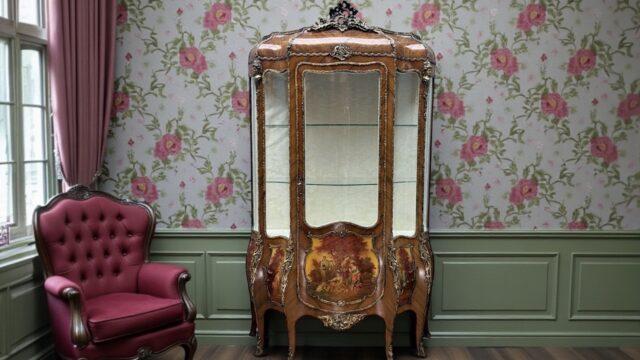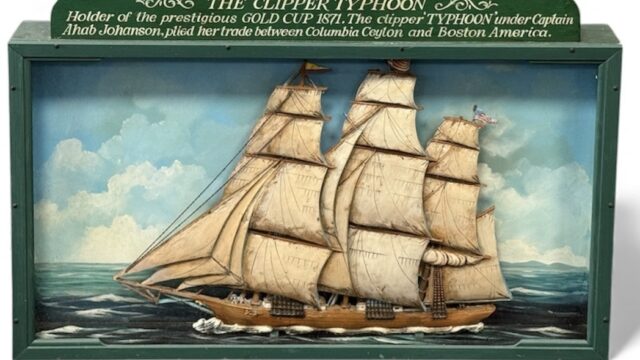G is for Ganz
“I always … wondered what life was like inside”
Valerie Ganz, a Passionate Observer
South Walian artist Valerie Ganz (1936-2015) is now most widely remembered for her portraits of coal miners in their work environment, a theme for which she expressed a “special fascination.”
Valerie Ganz mixed media 'The Long Track Home'
The Summer Welsh Sale (Part I), July 2025
Sold £7,500

And yet, as some of the works in the present auction demonstrate, Ganz’s output is considerably more diverse.
“Over the years I have studied various subjects,” Ganz summed up her remarkable career in 2012, three years before her death. She spent twelve months among students at the Central School of Ballet in London and accompanied the Moscow State Circus as it toured the UK. She also worked on oil rigs in the Patagonian Desert and created an intimate record of life inside Swansea Prison.
Wide-ranging as her interests were, Ganz’s oeuvre is defined by her inquisitive nature and unified by her a commitment to carrying out long-durational projects that often involved working under challenging conditions. Bold and immediate, many of her paintings and drawings engage with subjects that Ganz refused to regard as being beyond her sphere.
Ganz grew up in Mumbles, a headland situated on the western edge of Swansea Bay. Her birthplace, as she put it, overlooks the “dramatic sweep” of the bay, a picturesque scenery in which the “heavy industry” that intrigued her at an early age lay in the distant “background.”
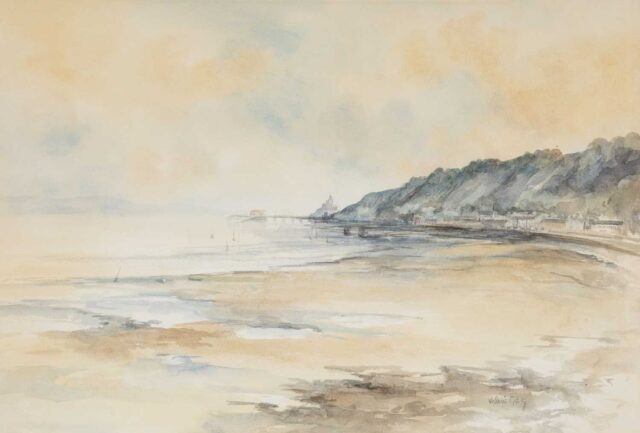
Intent on approaching that “background” by training as an artist—a privileged and often misunderstood position that is not always recognised as socially integrated or integral—Ganz started out by making drawings at Swansea Docks, her “first” if tentative “connection to the coal mining industry.”
As her landscapes of Italy and the South of France suggest, Ganz did not go in search of an alternative aesthetic. What she was after—and got at—was far more elementary and profound: she sought to capture aspects of the human condition in settings and situations that bore little resemblance to the comparatively sheltered life her upbringing afforded.
Valerie Ganz mixed media 'North Italian Church and Square'
Lot 52 - The Autumn Welsh Sale (Part I)
£200-300
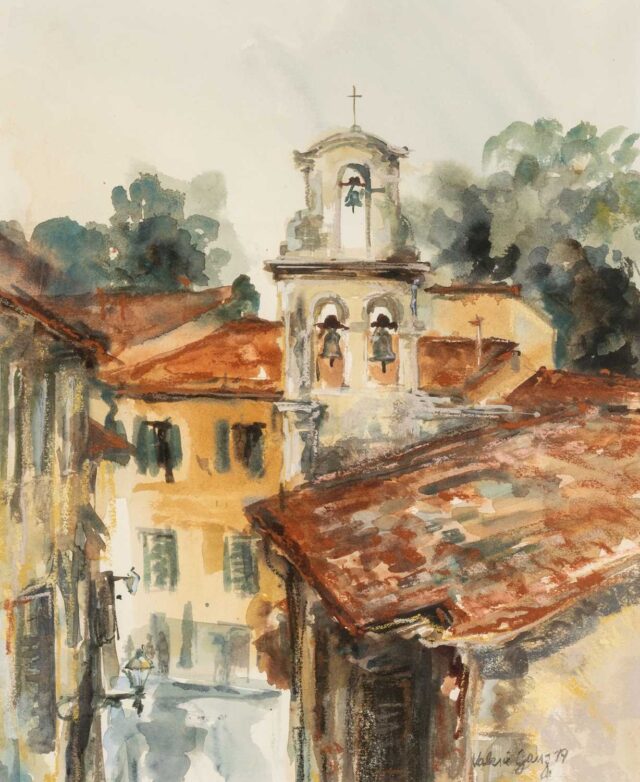
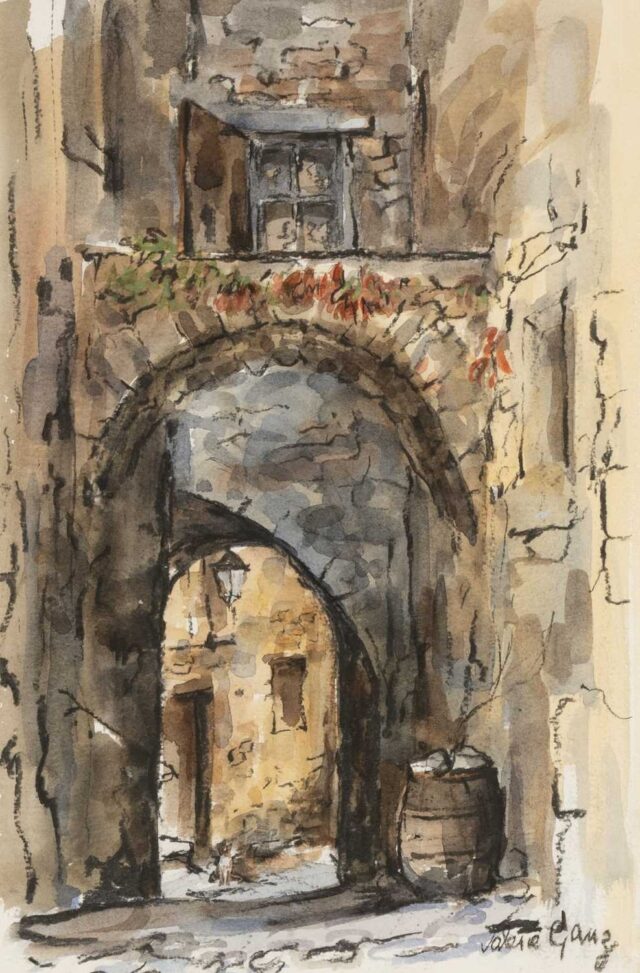
From 1951 to 1957, Ganz was enrolled at Swansea College of Art, where she studied painting, sculpture and stained glass. Upon graduating, she stayed on at Swansea School of Art as a tutor until 1973 before working full time as an artist.
Notable Swansea-born artists associated with the College during Ganz’s studies there are painter Alfred Janes (1911-1999), sculptor Ronald Cour (1914-1978), and stained-glass designer Howard Martin (1907-1972), who also served as head of the College’s Architectural Stained Glass department.
Whatever her medium, Ganz almost invariably “chose coal mining” whenever she was given a choice of subject. Without being documentarian, Ganz tended to observe rather than impose her views or vision. “I am good at becoming invisible,” Ganz commented on her work among the miners.
Not content to look on as a detached outsider, Ganz aimed to become part of the communities with which much of her output was concerned. “The men got used to me being with a crew quietly working alongside them,” Ganz reflected on her work in the coalmines, and they “were most generous in the way they accepted me.”
Ganz preferred her subjects to “get on with their work” instead of posing for hers. But once the miners emerged from the pit, she “would deliberately stand right in their path” in order to “study the effect” of the men “marching” towards her, a view that is exemplified by the dramatic composition Tower Colliery at Dusk. Ganz referred to Tower Colliery near Hirwaun in the Cynon Valley as “an amazing community” with a “very special atmosphere.”
Valerie Ganz mixed media 'Tower Colliery at Dusk'
Lot 47 - The Autumn Welsh Sale (Part I)
£6,000-9,000
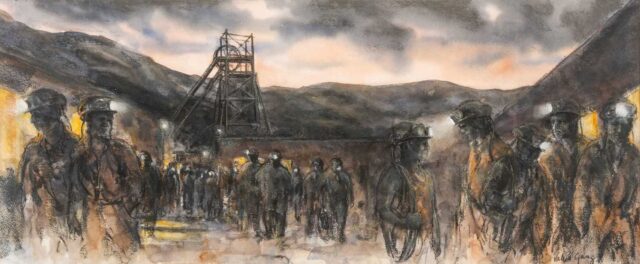
Getting access to the coalface “proved very difficult” at first, especially for a female artist. The approach was gradual, and the trust hard earned. Ganz was initially able only to work above ground at various collieries, where she was given what she realised to be a “‘white gloved tour.” As fascinated as she was by the hidden workings of the mines, Ganz was hoping to gain an understanding of the milieu of the individuals at work there. “From the outset,” she insisted, “I had stated that I wanted to make a study of the complete day in a miner’s life.”
Ganz was aware that she was working against time. In 1984, her project was delayed due to the National Strike. “As soon as this ended in 1985,” Ganz stated, she “spent a year at Six Bells Colliery in Abertillery, where the colliery was in the heart of the village.” While the National Coal Board offered her a house “further up the valley,” Ganz felt that to keep work and home strictly “separate” would make it difficult for her “get to know anybody.” She eventually moved directly opposite the pit, and long after Six Bells closed in 1988, she kept in touch with her former neighbours and continued to visit them “all these years later.”
Beginning in 1986, Ganz exhibited the works resulting from her time at Six Bells in a number of group exhibitions. That year, at the Glynn Vivian Art Gallery, her paintings were featured in the exhibition Mining in Art alongside works by Jack Crabtree (b. 1938), Nicholas “Nick” Evans (1907-2004), and Josef Herman (1911-2000).
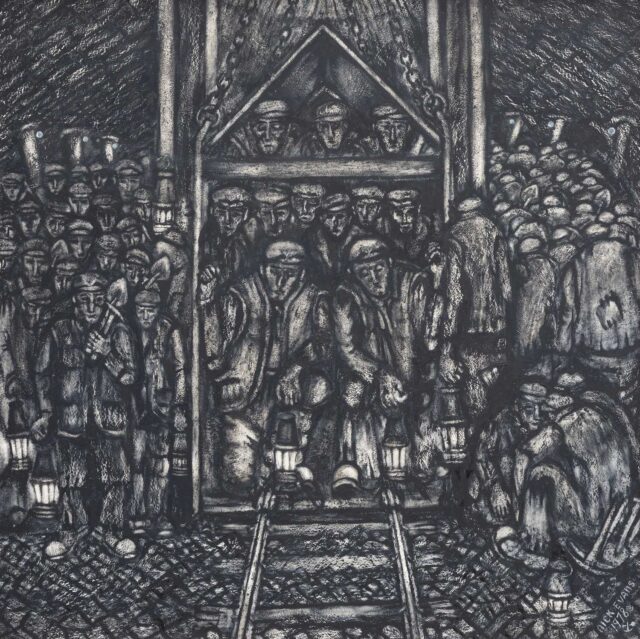
What Ganz referred to as her “coal-mining project”—which would entail work at fourteen different collieries—remained her “most rewarding experience,” as it gave her “real insight” into another world. When the mines closed, Ganz went in search of other tight-knit communities—from circus performers to oil riggers—she would strive to get to know from within.
For her work at Swansea Prison, Ganz was granted admittance to all parts of the facility, and, over a period of six months, worked closely with inmates and staff.

According to Ganz, her decision to pursue this project derived from a childhood memory. The train she took to school stopped outside the prison. "There was something about those big, blank walls," she recalled. "I always used to stare at them and wondered what life was like inside."
We expect artists to show us how they perceive the world. Practitioners like Ganz, however, tell us what they are eager to understand. Driven by a need fully to immerse themselves in experiences remote from their own, they take us along on a journey of discovery.
Art historians have yet to catch up with Valerie Ganz. Meanwhile, auction sales figures bear out that her work is increasingly attracting the attention of private collectors in and beyond Wales who are drawn into the worlds Ganz’s empathetic pictures open to us.
By Dr Harry Heuser
Dr Harry Heuser is a writer an exhibition curator
View all lots by Valerie Ganz in The Autumn Welsh Sale (Part I) here.



